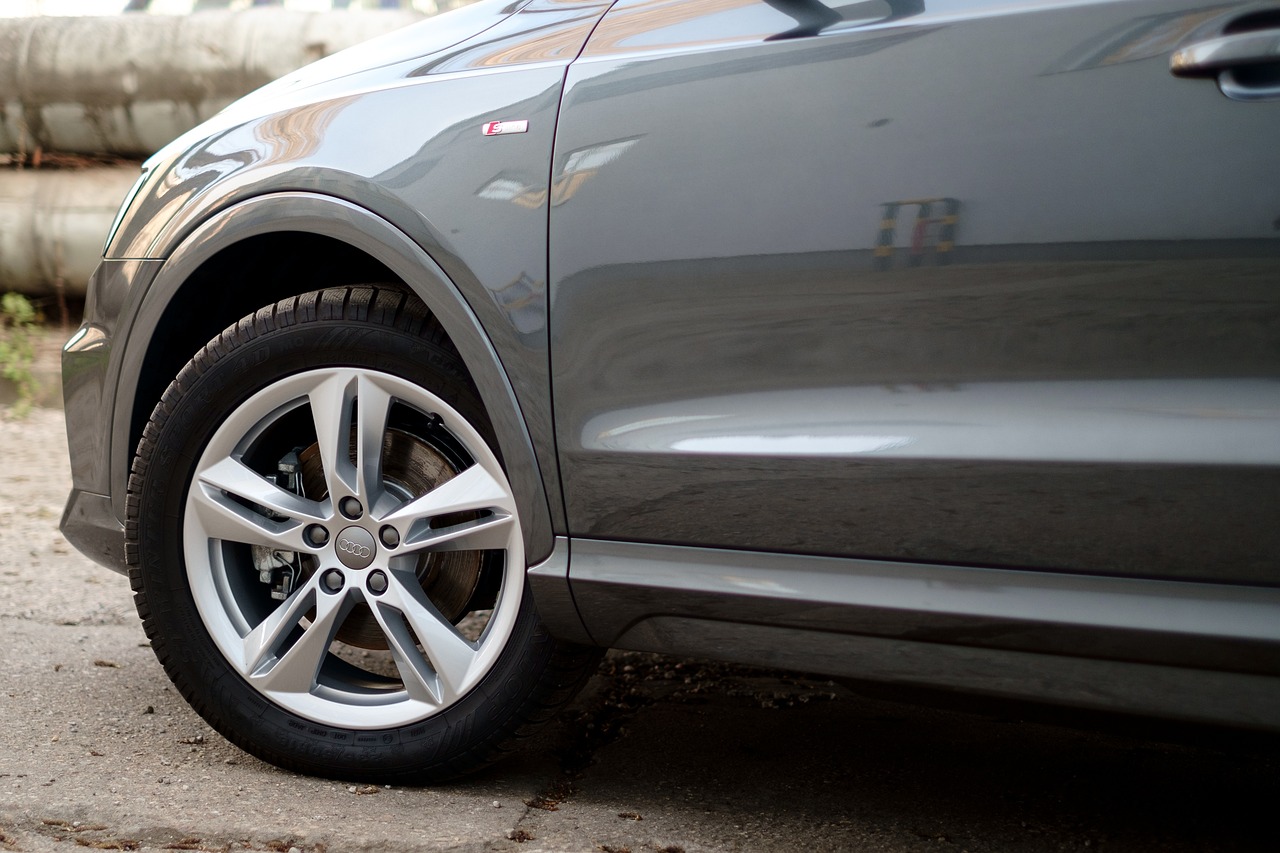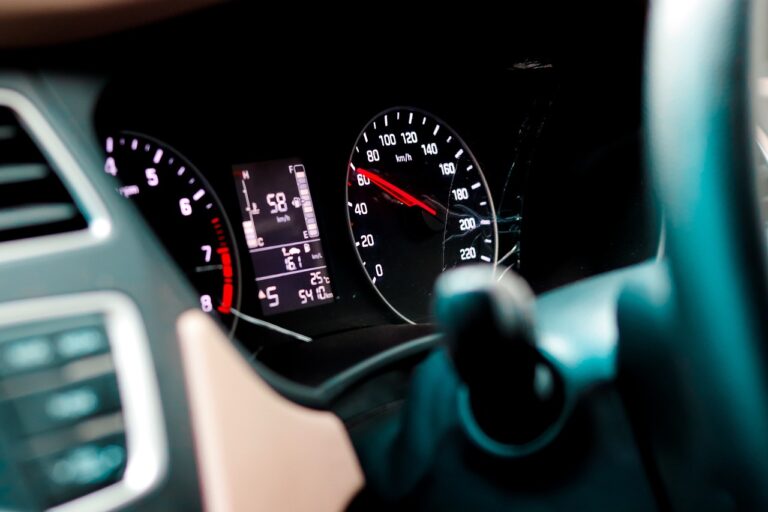The Evolution of Car Navigation Systems: From GPS to Augmented Reality
In-car infotainment systems have swiftly become a staple feature in modern vehicles, offering drivers and passengers a seamless blend of entertainment, information, and connectivity on the go. These integrated systems incorporate a range of functions such as music streaming, navigation, hands-free calling, and even smart home controls, enhancing the overall driving experience.
With the rise of in-car infotainment systems, automakers have been focusing on incorporating advanced technologies like voice recognition, touchscreens, and smartphone integration to ensure ease of use and accessibility. These systems not only provide entertainment options but also offer real-time traffic updates, weather information, and vehicle diagnostics, creating a more interconnected and convenient driving environment.
Emergence of Augmented Reality Navigation
Augmented Reality Navigation represents the next frontier in the evolution of in-car systems. By superimposing digital information onto the physical world, this technology provides drivers with real-time, contextually relevant guidance. Instead of simply following a map on a screen, users can now see directions overlaid onto the road ahead, enhancing their spatial awareness and reducing the likelihood of missing turns.
One of the key advantages of Augmented Reality Navigation is its ability to seamlessly integrate with the driving experience. By presenting information in a natural, intuitive way, this technology minimizes distractions while keeping drivers informed. From highlighting nearby points of interest to displaying upcoming traffic conditions, AR Navigation offers a comprehensive solution for enhancing both safety and convenience on the road.
Challenges and Limitations of Current Systems
In-car infotainment systems have revolutionized the driving experience, offering a wide array of features and functions at the driver’s fingertips. However, these systems also come with their fair share of challenges and limitations that can sometimes frustrate users. One common issue is the complexity and distraction caused by navigating through menus and options while driving. This can divert the driver’s attention away from the road, posing a safety risk.
Another challenge is the lack of standardization among different in-car infotainment systems, leading to inconsistencies in user interface design and functionality. This can result in confusion for drivers who may be accustomed to a certain layout or set of features in one vehicle, only to find a completely different system in another. Moreover, the integration of smartphones and other external devices with these systems can sometimes be buggy or unreliable, causing frustration for drivers trying to access their preferred apps or services seamlessly.





